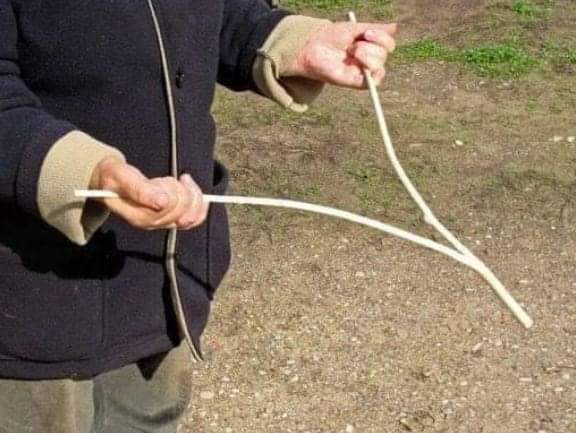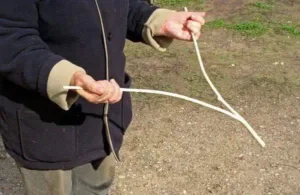Uncovering the Mysteries of Water Dowsing

In today’s fast-paced world dominated by technology, it’s easy to lose touch with the past. However, there’s a fascinating trend emerging online: the discovery of “strange” and “unusual” objects from our ancestors’ time, often found tucked away in attics and basements, serving as reminders of days gone by.

One such object recently gaining attention is a seemingly ordinary Y-shaped tree branch. Despite its appearance, this object has a rich history dating back to the 1500s. Known by various names like “Water Dowsing,” “diviner,” or “well witch,” its purpose was intriguing – to locate water!
To use this tool, one would hold each end of the Y-shaped stick, palms upward, with the bottom point tilted at a 45-degree angle toward the ground. As they walked, they would supposedly sense vibrations at the tip, indicating water underground.
Originally used to find metals, dowsing evolved into a method for locating water sources, showing the adaptability of our ancestors.
Share this captivating knowledge with your loved ones on Facebook and let them discover the secrets of water dowsing.